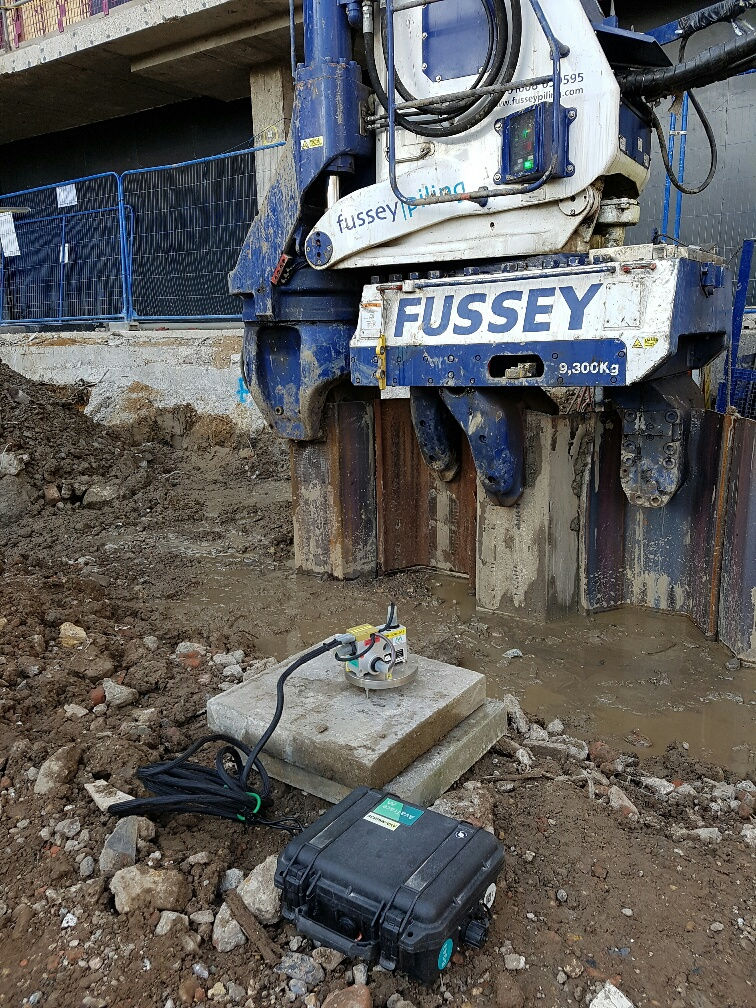VIBRATION MEASUREMENTS FROM SHEET PILING
- Capture House

- Nov 14, 2022
- 2 min read
VIBRATION MEASUREMENTS FROM SHEET PILING
The ‘press in’ technique is a popular method of sheet piling on sensitive sites as it produces less noise and vibration that traditional dynamic systems.
This short article discusses vibration measurements made of a test pile and discusses why levels were higher than expected.
The process
The steel U sections are loaded onto the system and these sheets are gripped by a plier. Varying pressure of up to 150 tons is applied to the sheet to insert it into the ground. This is performed in stages, where the pile is inserted using downwards force and then lifted vertically before applying downward force again.
For this investigation an AVA M60 vibration monitor with triaxial geophone was placed 2.8 meters from the test pile. The process takes several minutes for each sheet and this is dependent on ground type and conditions.
Figure one shows the measurement position and rig under investigation

Figure 1 - Measurement position
The PPV (Peak Particle Velocity) vibration levels in each 3 orthogonal directions can be seen in figure two.

Figure 2 - Measurement data
The vibration levels increase as the pile gets deeper. On this occasion vibration levels were higher than expected towards the end of the process. The operator reported that the pile had hit limestone and this generated more vibration as the rig needs to apply more pressure to insert the sheet.
However, the detailed time history in figure 3 shows that the highest PPV recorded is where the pile is pulled up in a vertical position and not when the sheet is driven into harder ground. This could also be seen visually from the attended measurement on site.

Figure 3 Event time history
In the press in method varying pressure is applied to the pile. Where there is hard ground the pressure is increased and this can cause the sheet to flex. When the plier gripping the sheet is released the sheet straightens releasing energy as a transient vibration event. This is illustrated in figure 4 below.

When working in areas sensitive to vibration, and where possible, pressure should be released slowly to reduce the impact of sheet piles straightening.
By having the M60 vibration monitor on site, they were able to accurately identify the source of vibration and have visible data to back it up.



